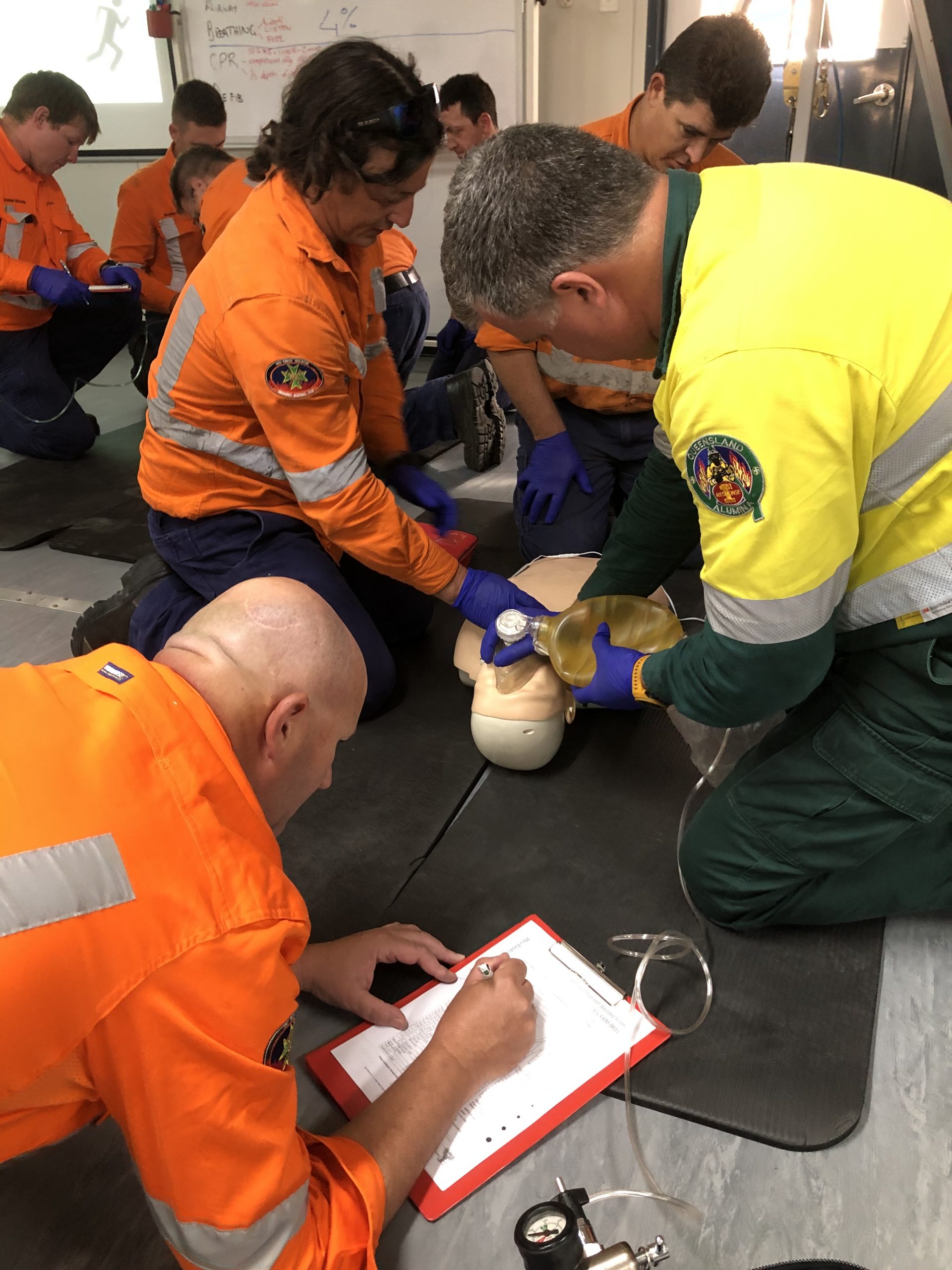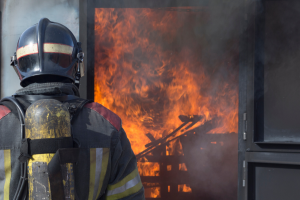
What Items are in a First Aid Kit?
Accidents and injuries are difficult to predict so you are, to some degree, dealing with the unexpected. Nevertheless, you need to be prepared for them as far as you can be and that means having people trained in first aid and having a fully stocked and accessible first aid kit that contains everything they are likely to need.
Certain situations will require different first aid kits with varying contents. For example, a domestic kit for use in the home is unlikely to have the same level of content as one for the workplace. The aim of the two is the same but the injuries they have to deal with will be totally different.
What you need in a Basic Kit
All employers have a duty of care for their employees and that requires them to make adequate first aid provisions. As far as the first aid kit goes, that may mean acquiring standard, off-the-shelf kits and then customising them as necessary by adding items that are needed in a specific workplace situation.
The actual content of the basic kit may be dictated by Safe Work Australia, a government agency that requires that all workers have access to a first aid kit. This must have items to treat cuts, muscle strains, broken bones, shock, minor burns and injuries to the eyes. Recommended content includes:
- bandages that are used to stop swelling, put pressure on wounds, support joints and hold dressings in place
- dressings that stop bleeding and apply pressure
- plasters for grazes and small cuts
- scissors that are used to cut plasters and bandages, or to cut away clothing
- a notepad and pen, so that symptoms and actions can be recorded for use by medical personnel
- basic first aid instructions
- disposable gloves and a face shield or mask to prevent or reduce infection
- adhesive tape, safety pins or clips to hold dressings in place
- cleansing wipes, antibacterial spray or saline solution to clean wounds
- a foil blanket to retain body heat for people in shock or suffering from hypothermia
- sterile gauze and eye pads to deal with eye injuries or infections.
Customising your First Aid Kit
The content of the first aid kit may vary depending on particular situations and activities. For example, a business that specialises in outdoor activities may need to treat heat exhaustion or hypothermia while a steel plant with furnaces may experience burn injuries. An office environment will generally need only a basic kit while others may need something more comprehensive.
What you actually require can be determined by a needs assessment that will largely consider the risks and hazards that are faced regularly. This will identify not only what is needed in a kit but also the number needed, their location and also how many trained first aiders should be available.
Kits can be wall-mounted or available as soft bags or hard, durable boxes that can be taken to an emergency location. They should be easily identified, generally as a green container with a pronounced white cross, and need to be frequently checked and refreshed so their content is complete and in date.
No matter how comprehensive a first aid kit you provide, it’s of little use unless there are people who know where it is and how to use it. Our registered training organisation in Australia has a wide variety of first aid courses to supply all the knowledge you need to be able to provide adequate first aid cover and keep everyone as safe as possible.

